Trekking to Everest Base Camp: A Himalayan Adventure
Recently updated on January 17, 2025
Total words: 2605
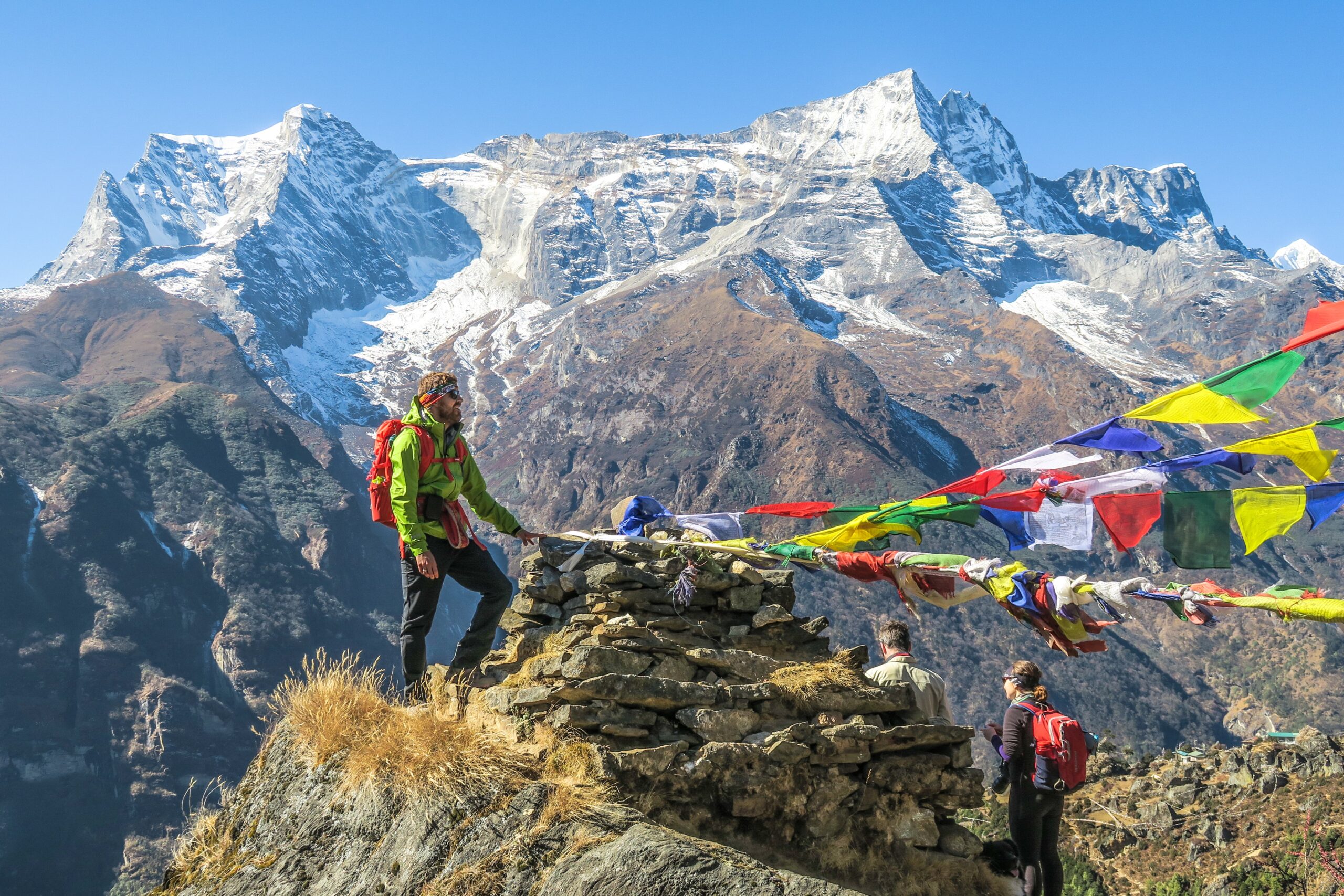
Table Of Content
- Planning Your Trek to Everest Base Camp
- Exploring the Khumbu Valley
- Camping at the Base of Mt. Everest
- Challenges of Trekking in the Himalayas
- Memories of a Lifetime
Introduction
Are you looking for an amazing adventure that will take you to the highest peak in the world? Then trekking to Everest Base Camp in the Himalayas is the perfect way to experience the beauty of the region and challenge yourself while doing it! This incredible journey will take you through some of the most breathtaking landscapes in the world. You will get the chance to experience the culture of the local Sherpa people as well as the serenity of the highest mountain range on Earth. So, get ready for an unforgettable journey and read on to learn more about trekking to Everest Base Camp!
Planning Your Trek to Everest Base Camp
The Everest Base Camp trek is one of the most popular trekking adventures in the world. Located in the Himalayan region of Nepal, this trek takes you to a spectacular destination and offers an unforgettable experience. Whether you are a seasoned trekker or a first-timer, making the right preparations for your trek is essential. Here are some tips and considerations to keep in mind when planning your Everest Base Camp trek.
Pick the Right Time
The best time to go on a Everest Base Camp trek is during the dry season from October to May. During this time the weather is mild and there is less chance of rain. Temperatures can dip below freezing at night, so make sure to pack warm clothes. Also, keep in mind that the trails can be quite crowded during peak season, so you may want to consider going in the off-season for a more peaceful experience.
Choose the Right Clothing
The right clothing can make a huge difference in your trekking experience. Make sure to pack layers of clothing that are lightweight, breathable, and waterproof. You’ll need a good pair of hiking boots and a hat for the cold nights. You’ll also need a sun hat and sunscreen, since the sun can be strong at higher altitudes.
Pack Light
It’s important to pack as lightly as possible for your Everest Base Camp trek. You’ll need to carry your own gear, so make sure to pack only the essentials. A small day pack should be enough for your day hikes. For overnight treks, bring a medium-sized pack with enough room for your sleeping bag and other essentials.
Hire a Guide or Porter
Hiring a guide or porter can be beneficial for your Everest Base Camp trek. A guide will be able to provide valuable information about the area, as well as help you navigate the trails. A porter can help you with carrying your gear, so you can focus on enjoying the trek.
Stay Connected
It’s important to stay connected while trekking in the Himalayas. Make sure you have a reliable phone and a power bank with enough battery life for your entire trip. Most trekking companies offer satellite phones and wifi hotspots, so you can stay in touch with your family and friends.
Stay Safe
Safety should always be your top priority when trekking in the Himalayas. Make sure to check the weather forecast before you set out and be aware of potential hazards such as landslides, extreme weather, and altitude sickness. You should also keep an eye out for any wild animals, as they can be dangerous.
Get Fit Before You Go
The Everest Base Camp trek is an intense physical challenge, so it’s important to get in shape before you go. Make sure to do regular cardio and strength training exercises for several weeks before your trek. This will help you stay energized and make the trek more enjoyable.
Planning your trek to Everest Base Camp can seem like a daunting task, but with the right preparation it can be an incredible journey. By following these tips and keeping safety in mind, you can make sure your trek is an enjoyable and memorable experience.
Exploring the Khumbu Valley
Venturing to the Khumbu Valley is a once in a lifetime experience for many. Located in northeastern Nepal, the region is home to the world’s highest mountain, Mount Everest. Trekking to Everest Base Camp is the ultimate Himalayan adventure, taking you through some of the most picturesque landscapes on Earth.
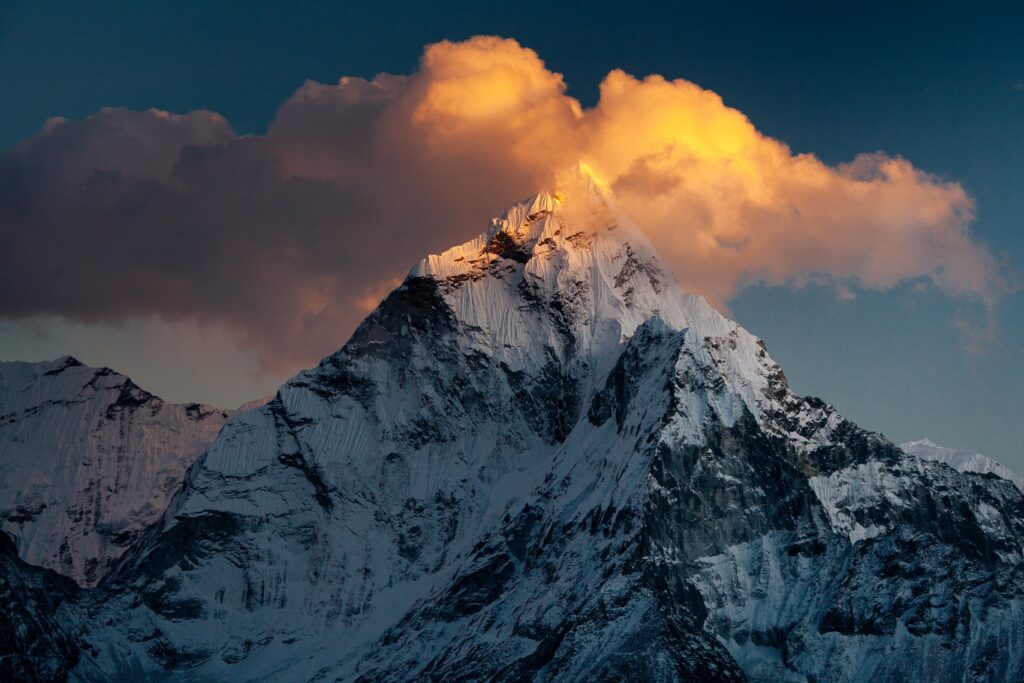
What to Expect
The Khumbu Valley is a beautiful, remote region of the Himalayas. The trek starts in the small village of Lukla, where you’ll be surrounded by lush green valleys and snow-capped mountains. You’ll then make your way up the Dudh Kosi River, through the villages of Namche Bazaar and Tengboche, before arriving at Everest Base Camp. Along the way, you’ll get to experience the vibrant culture of the Sherpa people, who have lived in the region for generations.
The journey is not without its challenges. The terrain is rugged and steep, with ascents and descents of up to 4000 feet. You’ll also likely experience altitude sickness, which can cause dizziness, nausea, and headaches. It’s important to take your time and acclimatize properly; take plenty of rest days and drink plenty of fluids.
What You’ll See
The trek to Everest Base Camp is an unforgettable experience. Along the way, you’ll get to see some of the world’s most spectacular scenery, from the majestic peaks of Mount Everest and Lhotse to the breathtaking glaciers of the Khumbu icefall. You’ll get to explore the vibrant Sherpa villages, and visit some of the many monasteries and Buddhist stupas that dot the landscape.
Sustainable Tourism
Everest Base Camp has become a popular tourist destination in recent years, and the local Sherpa communities have had to adapt to the influx of visitors. Many local businesses have been set up to accommodate the ever-growing number of trekkers, from guesthouses to trekking companies. The locals are very welcoming and friendly, and they appreciate the economic benefits that tourism brings to the region.
At the same time, it’s important to be mindful of the environment and the effects of tourism on the local communities. Trekkers should follow the Leave No Trace principles, which promote sustainable tourism practices such as leaving no litter, respecting wildlife, and not disturbing local cultural sites.
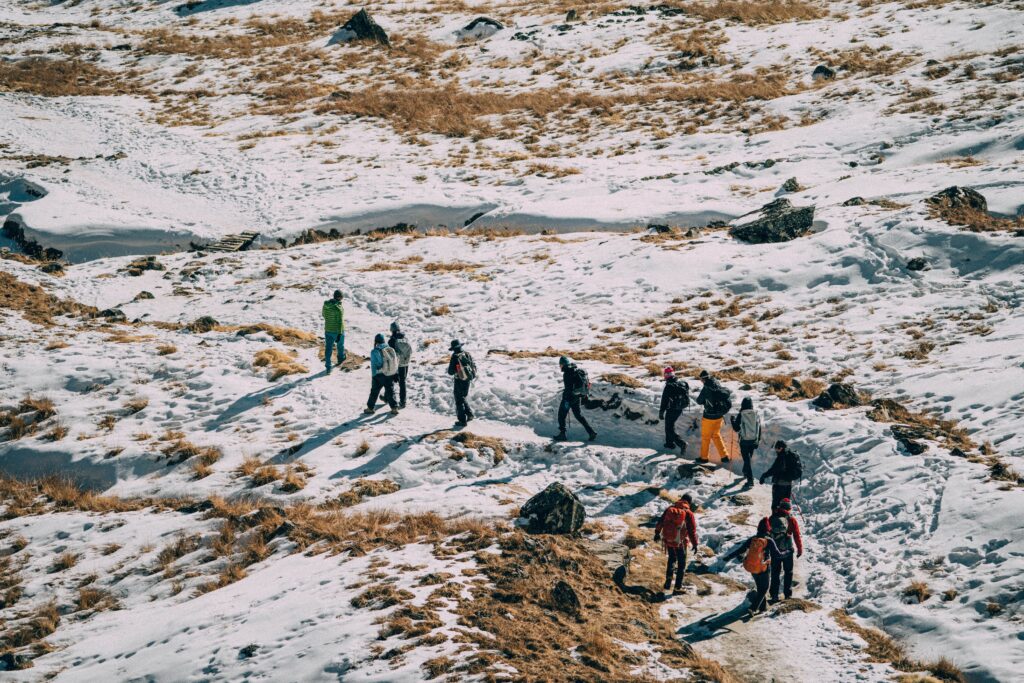
Camping at the Base of Mt. Everest
For many outdoor enthusiasts, camping at the base of Mt. Everest is a dream come true. Located in the Himalayan Mountains, the iconic peak of Mt. Everest stands at 8,848 meters (29,032 feet) above sea level and is the highest mountain in the world. Few experiences can compare to trekking to Everest Base Camp and setting up a campsite in the shadow of this majestic mountain.
A Treacherous Trek
Reaching the base camp of Mt. Everest is no easy feat. The journey is long and difficult, with steep ascents and treacherous descents over the course of 12-14 days of trekking. You will need to be well prepared and in good physical shape to tackle this trip. Many parts of the trail lack oxygen, so it is important to take regular breaks and drink plenty of water to stay hydrated and energized.
Breathtaking Views
Along the way, you will be treated to some of the most amazing vistas in the world. From snow-capped mountains and icy glaciers to lush valleys and meadows, the scenic views will leave you in awe. You may also spot some of the local wildlife, such as yaks and Himalayan tahrs.
Camping at the Base Camp
When you reach the base camp, you will find a number of campsites where you can set up your tent and rest for the night. Most of these campsites offer basic amenities such as toilets, showers, and electricity. You will also find a few restaurants and shops where you can buy supplies.
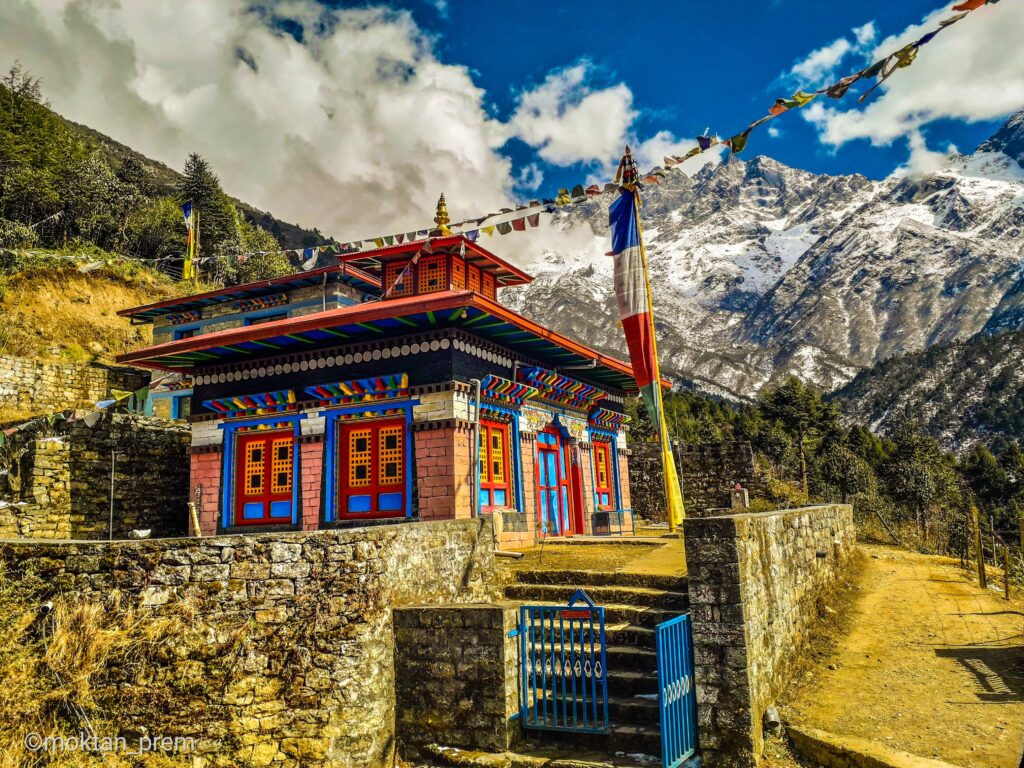
The Ultimate Adventure
Camping at the base of Mt. Everest is an experience that you will never forget. From the breathtaking views to the challenging trek, it is an adventure that is truly unique and unforgettable. So, if you are looking for an adventure of a lifetime, why not try trekking to Everest Base Camp?
Challenges of Trekking in the Himalayas
Himalayan treks are renowned for their breath-taking beauty and sense of adventure, but they can also be unpredictable and challenging. The Everest Base Camp trek is no exception. Although it is a popular trek and has enough infrastructure to make it relatively straightforward, it is still a high-altitude trek and as such presents certain difficulties that trekkers need to be prepared for.
Altitude Sickness
The most important challenge on the Everest Base Camp trek is altitude sickness. As trekkers ascend to higher altitudes, the air pressure drops and the proportion of oxygen in the air decreases. This can lead to symptoms such as headaches, nausea, dizziness, and difficulty sleeping. According to medical research, up to 50% of people can be affected by altitude sickness at elevations of 3,500 metres, which is the average elevation of the Everest Base Camp trek.
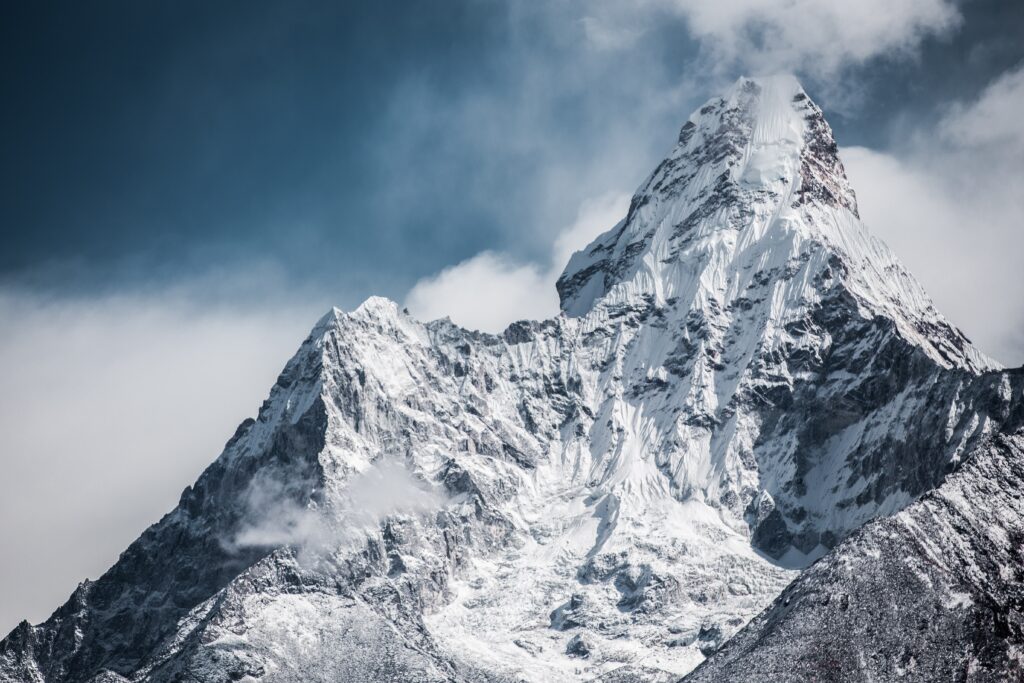
Physical Difficulty
The Everest Base Camp trek is a moderate to difficult trek, depending on the chosen route and itinerary. It involves up to seven hours a day of trekking, sometimes on rough, rocky terrain, and through steep, steep-sided valleys. The trek can also involve crossing high suspension bridges and dealing with steep ascents and descents, making it physically demanding. Therefore, trekkers need to make sure they are physically fit and prepared for the challenge.
Weather Conditions
Trekking in the Himalayas also involves dealing with extreme weather conditions, ranging from blazing sunshine to sub-zero temperatures, and from snowstorms to heavy rains. Trekkers need to be prepared for all kinds of weather and have the correct equipment and clothing with them. This includes warm clothing, waterproofs, a good sleeping bag, and a four-season tent.
Environmental Challenges
Another challenge of trekking in the Himalayas is dealing with the environmental conditions. Trekkers need to be aware of the fragile nature of the environment and take steps to minimise their impact. This includes following the leave no trace principles, such as disposing of waste responsibly, respecting wildlife, and avoiding areas with sensitive vegetation.
Overall, the Everest Base Camp trek is a challenging but rewarding experience. With the right preparation and an awareness of the potential difficulties, trekkers can enjoy a safe and memorable journey through the stunning Himalayan landscape.
Memories of a Lifetime
Trekking to Everest Base Camp is an unforgettable experience that will stay with you forever. You will be surrounded by some of the most spectacular scenery in the world, and the feeling of accomplishment you get when you reach the summit is something you will never forget. The challenge of the trek is also something that will stay with you, and you will be proud that you overcame the physical demands of the journey.
The Himalayan Adventure starts with a flight from Kathmandu to Lukla, which is the gateway to the Everest region. You will then begin your trek up to the Base Camp, which is at an altitude of 5,364 metres. Along the way, you will be surrounded by some of the most incredible views of the Himalayas. You will pass through the Sherpa villages of Namche Bazaar and Dingboche, and you will be able to experience the culture of the Sherpa people. As you climb higher, the scenery becomes more and more spectacular, and you will be amazed at the beauty of the mountains.
Reaching Everest Base Camp is an incredible accomplishment, and it is a moment that you will never forget. The views of the surrounding mountains are breathtaking, and you will be filled with a sense of pride as you look out over the landscape. There is also the feeling of accomplishment that comes from knowing that you have achieved something that many people only dream of doing.
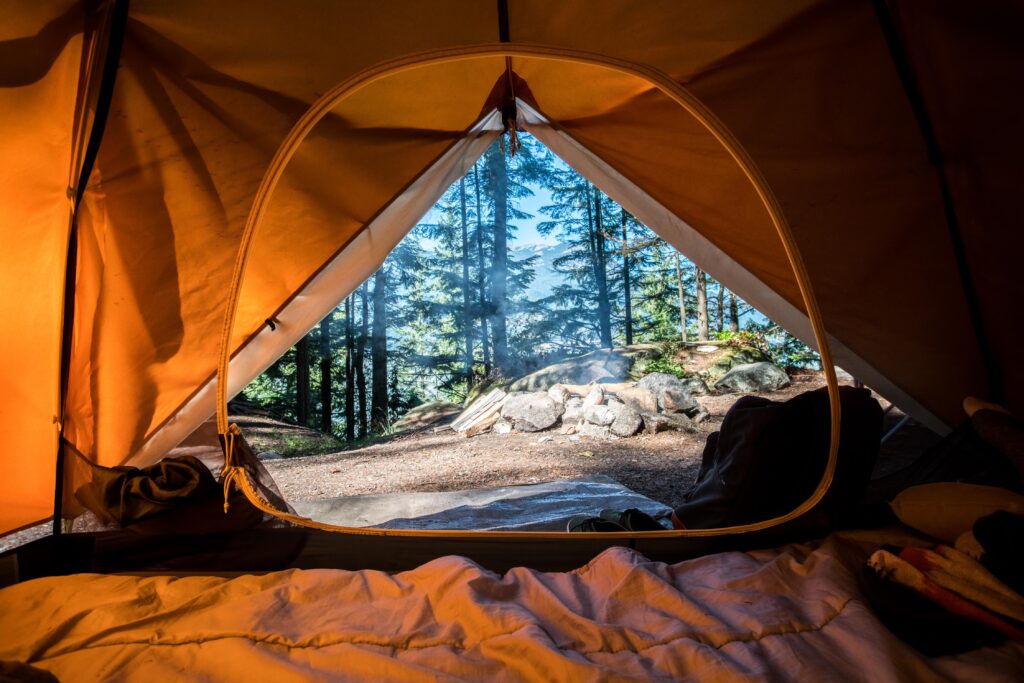
The Himalayan Adventure is also a great way to get to know the culture of the Sherpa people. You will be able to experience their hospitality and learn about their way of life. The Sherpa people are incredibly resilient and you will be inspired by their determination and strength.
The journey to Everest Base Camp is also a great way to challenge yourself and push your limits. You will be able to test your physical and mental endurance, and you will come away with a newfound sense of self-confidence.
Trekking to Everest Base Camp is an incredible experience that will stay with you for the rest of your life. The views, the culture and the sense of accomplishment are all things that you will remember for a long time, and it is an adventure that you will never forget.
Conclusion
Trekking to Everest Base Camp is definitely a Himalayan adventure like no other. It’s a journey that will test your physical and mental limits, but the reward of reaching the base camp of the highest mountain in the world is an experience you will never forget. With the right preparation and guidance, anyone can achieve this amazing feat. From seeing ancient Buddhist monasteries to breathtaking views of the Himalayas, the journey to Everest Base Camp is truly an unforgettable journey.
So what are you waiting for? Start planning your trek to Everest Base Camp today and embark on the journey of a lifetime!
1. What is the best time of year to trek to Everest Base Camp?
The best time to trek to Everest Base Camp is during the pre-monsoon season from late February to mid-May or the post-monsoon season from late September to early December. During these times, the weather is relatively stable, with clear skies and moderate temperatures, making for ideal trekking conditions.
2. How difficult is the trek to Everest Base Camp?
The trek to Everest Base Camp is considered to be moderately challenging, requiring a good level of physical fitness and endurance. The trail involves steep ascents and descents, high altitude, and varying terrain, including rocky paths and suspension bridges. Proper acclimatization and preparation are essential to successfully complete the trek.
3. What are the must-see attractions along the Everest Base Camp trek?
Some of the must-see attractions along the Everest Base Camp trek include Namche Bazaar, Tengboche Monastery, Khumbu Glacier, and the iconic viewpoint of Kala Patthar. These sites offer stunning views of the Himalayan peaks, unique cultural experiences, and a chance to interact with the local Sherpa community.
4. What kind of gear and equipment are necessary for trekking to Everest Base Camp?
Essential gear for trekking to Everest Base Camp includes sturdy hiking boots, warm layers, a down jacket, a good quality sleeping bag, trekking poles, a backpack, sunglasses, a hat, and sunscreen. It is also important to carry water purification tablets, snacks, and a first aid kit for emergencies.
5. How can altitude sickness be prevented during the Everest Base Camp trek?
To prevent altitude sickness during the Everest Base Camp trek, it is recommended to ascend slowly, stay well-hydrated, eat a balanced diet, and allow time for acclimatization at higher altitudes. It is also advisable to consult with a doctor before the trek and consider taking medication such as Diamox as a preventive measure.